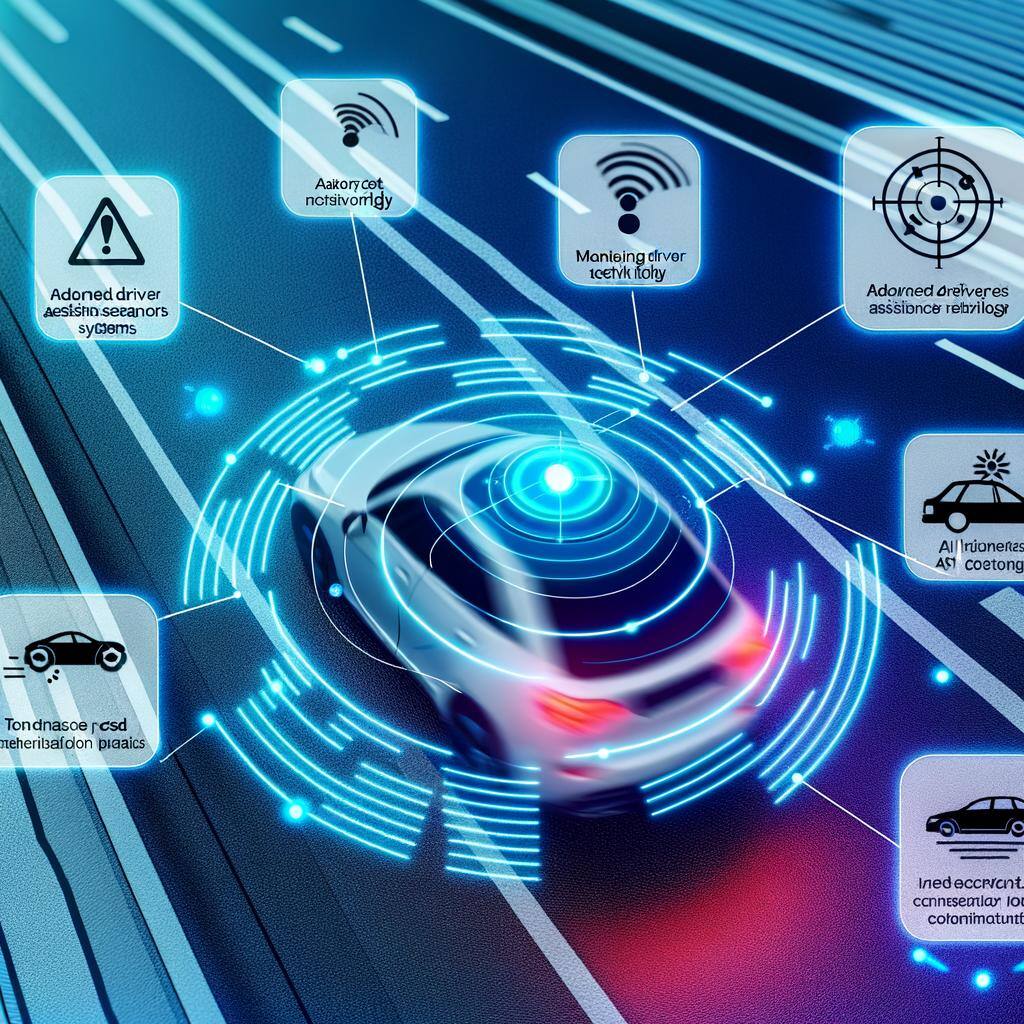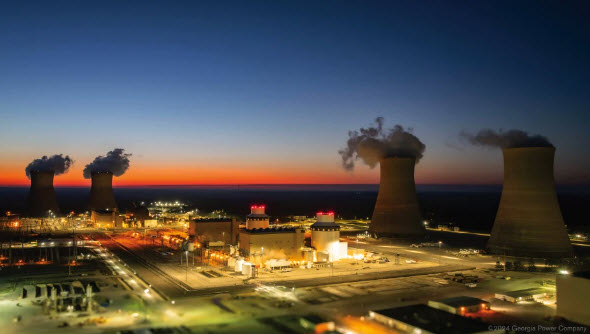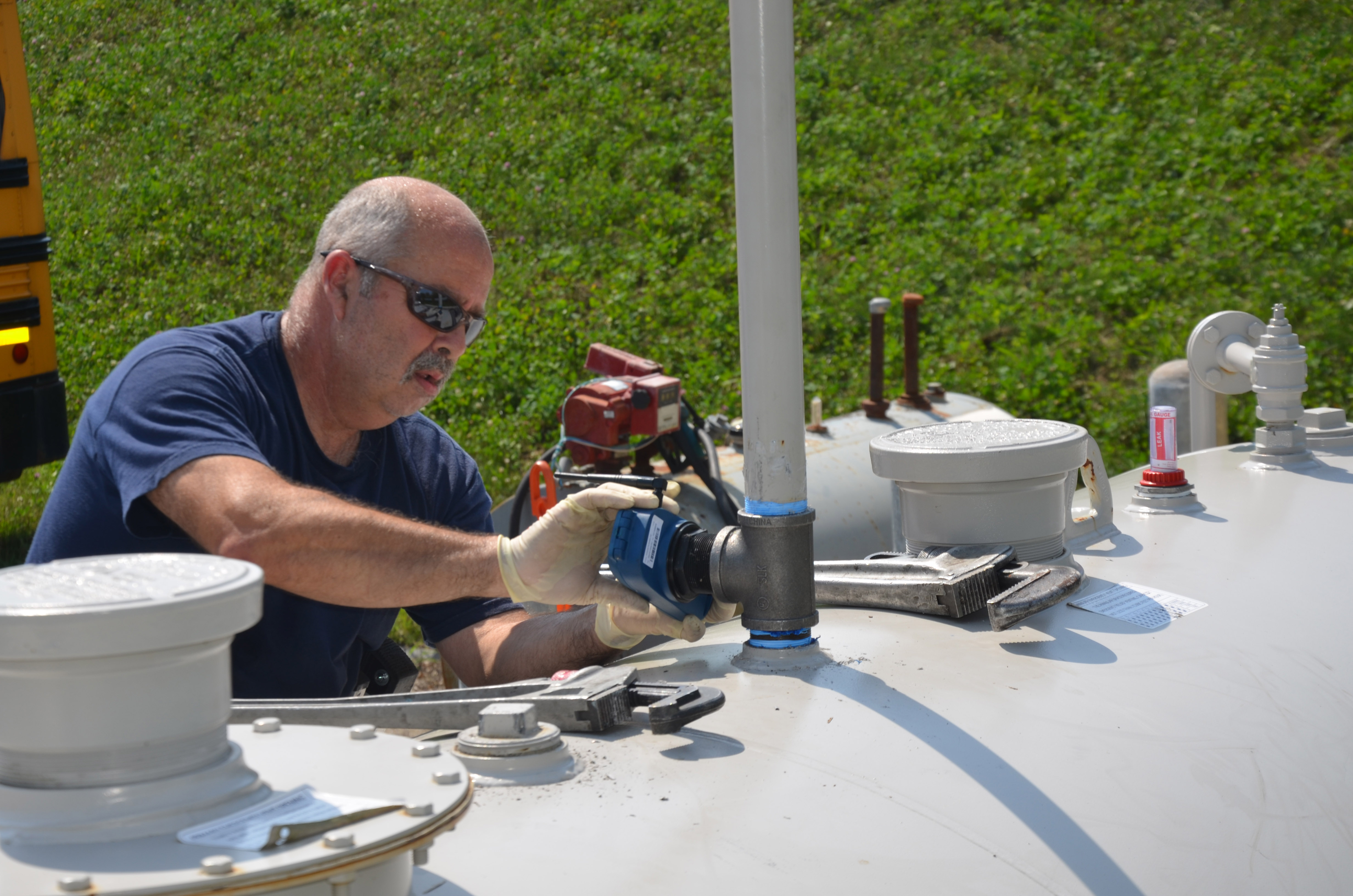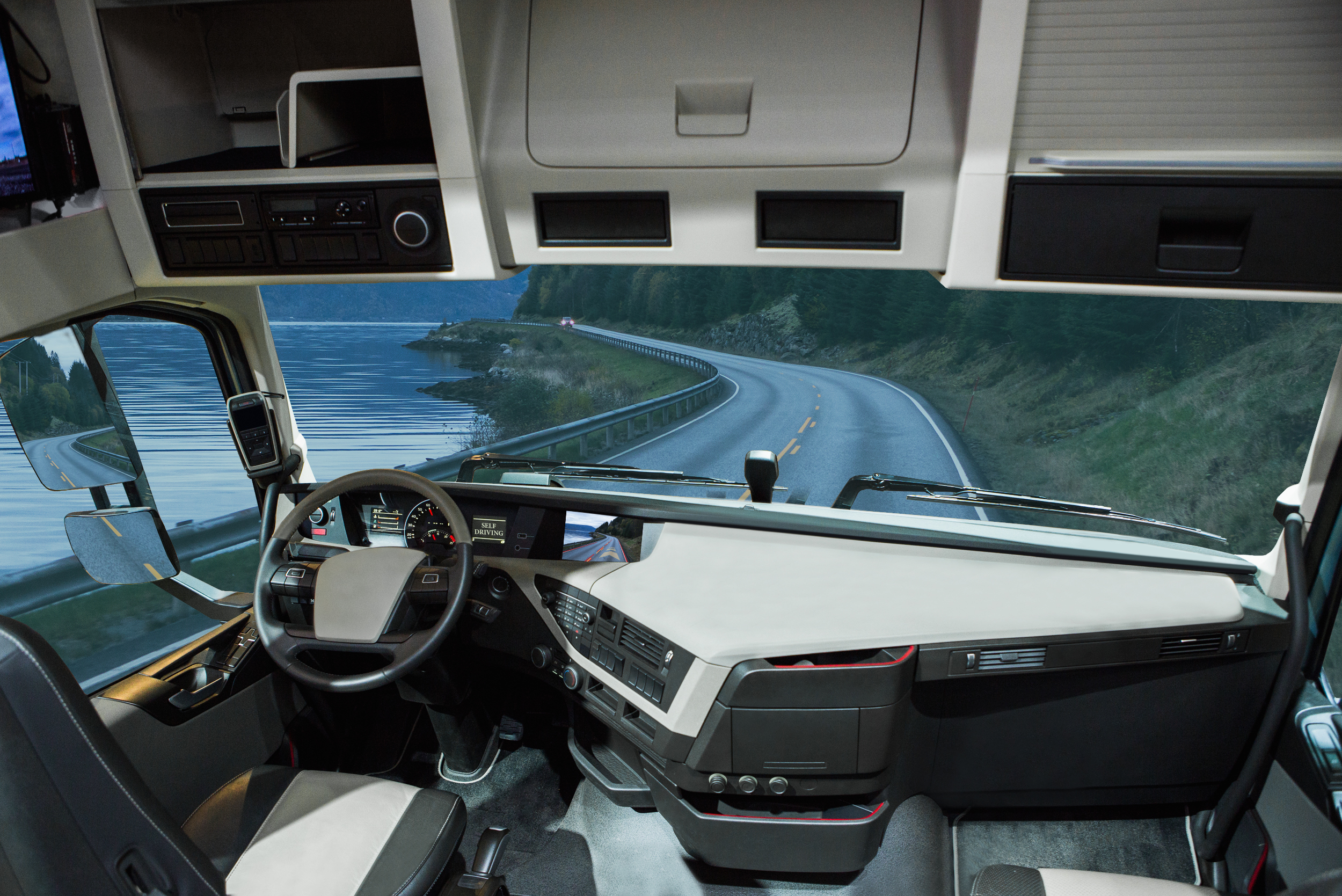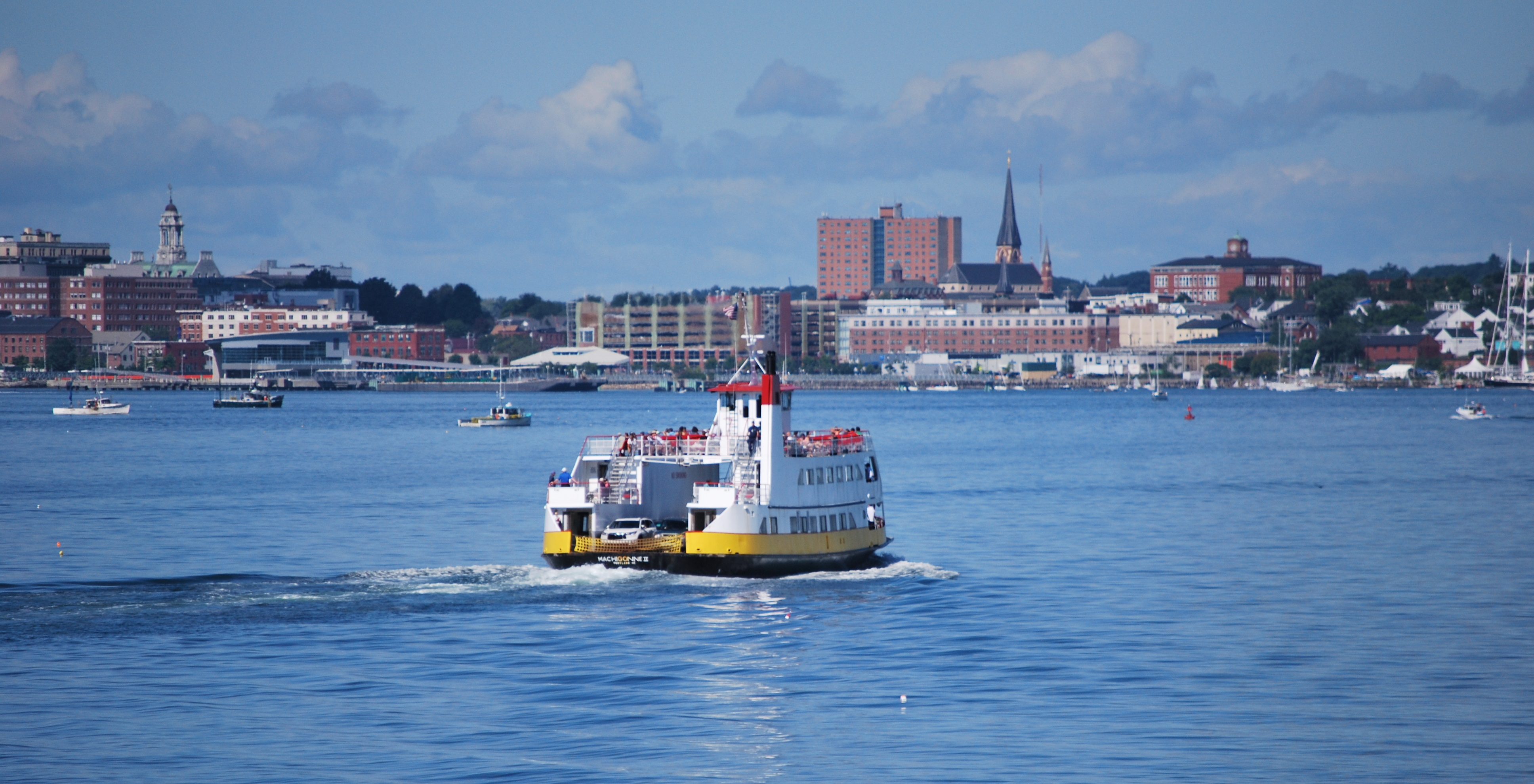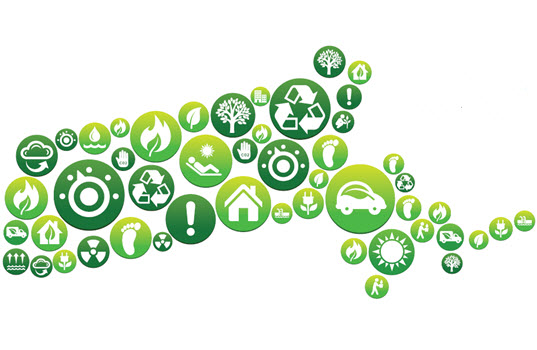Technological advances are transforming the U.S. power grid, enabling more electricity to travel longer distances with greater efficiency. High-voltage transmission lines, operating at either AC or DC, are key to delivering power from generation sites to consumers while minimizing energy losses. High-Voltage Direct Current (HVDC) systems, in particular, are increasingly used for long-distance, subsea, and inter-regional transmission due to lower losses and the ability to connect asynchronous grids.
ESG & Industry Updates
AI is revolutionizing both fleet management and office operations by making them more automated and efficient. These days, most of us are familiar with the cutting-edge safety features in new cars. Advanced driver assistance systems leverage AI algorithms to detect potential dangers, provide real-time alerts to drivers, and even take corrective actions to prevent accidents. This technology significantly enhances the safety of both drivers and passengers by reducing the risk of accidents caused by human error.
Topics: Safety, Safe Driving Policy, Oil & Energy Magazine, AI
Two new nuclear reactors in Georgia at Plant Vogtle are the first new reactors built in the United States in 30 years. Each of them will power 500,000 homes and businesses with clean nuclear energy.
Topics: Oil & Energy Magazine, Carbon Emissions, renewable energy, net-zero, power plants, nuclear
Tank Monitoring Takes the Headache out of Fuel Management
Posted by Kelly Burke on Oct 30, 2023 7:45:00 AM
Tank monitors are one of the best ways to simplify all the parts of your operation that rely on fuel, DEF, or bulk lubricants. With monitors, you eliminate runouts and streamline the ordering process. You can also maximize deliveries, which allows fewer interruptions to your business.
Topics: Oil & Energy Magazine, remote tank monitoring, fuel management
In another move forward against Climate Change, Massachusetts will be home to the United States' first utility-scale offshore wind project. Vineyard Wind, about 35 miles off the Mass coast, will produce up to 800 megawatts of electricity, powering 400,000 homes and businesses across the Commonwealth, dropping carbon emissions by up to 1.6 million tons per year.
Topics: Oil & Energy Magazine, Massachusetts, offshore wind, decarbonization
The race is on among tech companies to be the first to perfect and roll out fully autonomous trucks. In 2016, Uber premiered the Otto - the first autonomous truck to complete a commercial shipment without a driver - it delivered beer after a 120 mile trek through Colorado. (We wrote an article on that at the time, for an Otto refresher you can find that here: Uber's Otto Delivers on Driverless Tech)
Topics: Oil & Energy Magazine, autonomous vehicles
The newest passenger boat for Maine's Casco Bay Lines will be running a diesel-electric hybrid propulsion engine. The hybrid will be handling the Portland to Peaks Island run, fully on electricity. The diesel engine will function as a backup, or be engaged for trips longer than the normal run. This assigned route is approximately 2.5 miles, which should allow the ferry to travel one way, charge at docking (~10-15 minutes) and run the return trip on electricity as well.
Topics: Oil & Energy Magazine, Climate Change, Carbon Emissions, maine, Hybrid
Mass Dairy Farmers Use Foodwaste & Manure to Generate Renewable Energy
Posted by Ed Burke on Apr 17, 2020 4:01:00 PM
Local farms in Massachusetts are producing their own renewable energy, and they're doing it while diverting food waste and dropping their carbon footprint at the same time. How? By utliizing anaerobic digesters, produced by Vanguard Renewables.
Topics: Oil & Energy Magazine, methane, Carbon Emissions, renewable energy
Commonwealth Awards 14.9 Million in Green Communities Grants
Posted by Ed Burke on Oct 29, 2019 10:16:40 AM
This September, the Commonwealth of Massachusetts awarded competitive grants to 91 municipalities across the state to the tune of 14.9 million dollars, at up to 250,000 per municipality. The grants allow cities to fund renewable energy projects for the community that help MA move towards its clean energy goals.
Topics: Oil & Energy Magazine, Mass DOER, Massachusetts Clean Cities, Energy Efficiency
Air Conditioning Goes Global - but Environmental Cost Could Be High
Posted by Ed Burke on Aug 15, 2017 9:05:00 AM
Topics: Oil & Energy Magazine, Climate Change, Carbon Emissions, Air conditioning, HFCs, Montreal Protocol, Kigali Amendment
Subscribe to Email Updates
Recent Posts
Posts by Topic
- Carbon Emissions (42)
- Climate Change (32)
- renewable energy (31)
- Oil & Energy Magazine (27)
- EPA (24)
- Massachusetts (21)
- Biden Administration (18)
- decarbonization (15)
- Biodiesel (12)
- natural gas (12)
- EPA Mandate (11)
- RFS (11)
- Solar (11)
- Biofuels (10)
- Keystone XL (10)
- methane (10)
- Clean Energy (9)
- offshore wind (9)
- Energy Independence (8)
- Energy Infrastructure (8)
- Safety (8)
- Biodiesel Tax Credit (7)
- Emissions (7)
- Ethanol (7)
- ev (7)
- Cellulosic Ethanol (6)
- EV Charger (6)
- RINs (6)
- Trump Administration (6)
- environmental justice (6)
- Fracking (5)
- Inflation Reduction Act (5)
- Technology (5)
- US Crude Exports (5)
- Utility Rates (5)
- electric vehicles (5)
- maine (5)
- tesla (5)
- ACT (4)
- Mass DOER (4)
- TransCanada (4)
- battery (4)
- fuel management (4)
- massachusetts biodiesel mandate (4)
- obama (4)
- paris accord (4)
- remote tank monitoring (4)
- CARB (3)
- CRUDE (3)
- Carbon Capture (3)
- Clean Fuel Production Credit (3)
- E85 (3)
- Emergency Fuel (3)
- Massachusetts Clean Cities (3)
- Waste Feedstock Biodiesel (3)
- china (3)
- clean power plan (3)
- electricity rates (3)
- net-zero (3)
- renewable diesel (3)
- solid state battery (3)
- AI (2)
- AVs (2)
- Bioheat (2)
- Commodities (2)
- Congress (2)
- Customer Service (2)
- DOT (2)
- EIA (2)
- Emergency Generator Program (2)
- HFCs (2)
- Hurricane Sandy (2)
- IMO 2020 (2)
- MIT (2)
- Marinas (2)
- New York (2)
- Refinery Closures (2)
- Safe Driving Policy (2)
- TCI (2)
- US Energy Boom (2)
- ZEV (2)
- autonomous vehicles (2)
- clean air act (2)
- coal (2)
- driver shortage (2)
- emergency response (2)
- environment (2)
- ferc (2)
- geothermal (2)
- hydro-electric (2)
- hydrogen (2)
- national grid (2)
- net metering (2)
- power plant emissions (2)
- power plants (2)
- railcar regulations (2)
- tariff (2)
- vineyard wind (2)
- API (1)
- Air conditioning (1)
- Baiji Refinery (1)
- Blend Wall (1)
- Brent Crude (1)
- Brent vs WTI (1)
- CFCs (1)
- Cell Phone Policy (1)
- Clean Water Act (1)
- DEF (1)
- Election Results (1)
- Electrical Grid (1)
- Energy Efficiency (1)
- Environmental Impact Study (1)
- Environmentally Friendly Products (1)
- Ethanol Tax Credit (1)
- FEMA (1)
- Fiscal Cliff (1)
- Gas Tax (1)
- Gasoline Supply Crunch (1)
- HDVC (1)
- Hazmat (1)
- Heat Tax (1)
- Highway Trust Fund (1)
- Holyoke (1)
- Hybrid (1)
- ISIS (1)
- Iraq (1)
- Kigali Amendment (1)
- MOC (1)
- Market analysis (1)
- Mayflower (1)
- Montreal Protocol (1)
- NORA (1)
- Natural Gas Pipeline Explosion (1)
- New Jersey (1)
- Oil Barrel Tax (1)
- PFC (1)
- Pegasus Pipeline (1)
- Propane Autogas (1)
- Stimulus (1)
- Syria (1)
- Tank Truck Safety Training (1)
- Tax Increases (1)
- Tier 3 Gasoline Standard (1)
- Times Square (1)
- VEEP (1)
- Workplace Risk (1)
- agriculture (1)
- algonquin pipeline (1)
- alternative energy (1)
- altwheels (1)
- astm (1)
- bionic leaf (1)
- bitcoin (1)
- boston (1)
- clean heat standard (1)
- covid-19 (1)
- energy storage (1)
- eversource (1)
- export ban (1)
- fixed pricing (1)
- fuel (1)
- fuel efficiency (1)
- fuel marketers news (1)
- gas leaks (1)
- heating oil (1)
- hurricane harvey (1)
- inflation (1)
- irving oil (1)
- marketing (1)
- nuclear (1)
- online fuel buying (1)
- ozone (1)
- photovoltaic (1)
- pilot program (1)
- pipeline (1)
- propane (1)
- renewable natural gas (1)
- rggi (1)
- russia (1)
- sanctions (1)
- senate (1)
- shale (1)
- social media (1)
- social media for business (1)
- space (1)
- tablets (1)
- tennessee pipeline (1)
- ukraine, (1)
- value added services (1)

.png)
